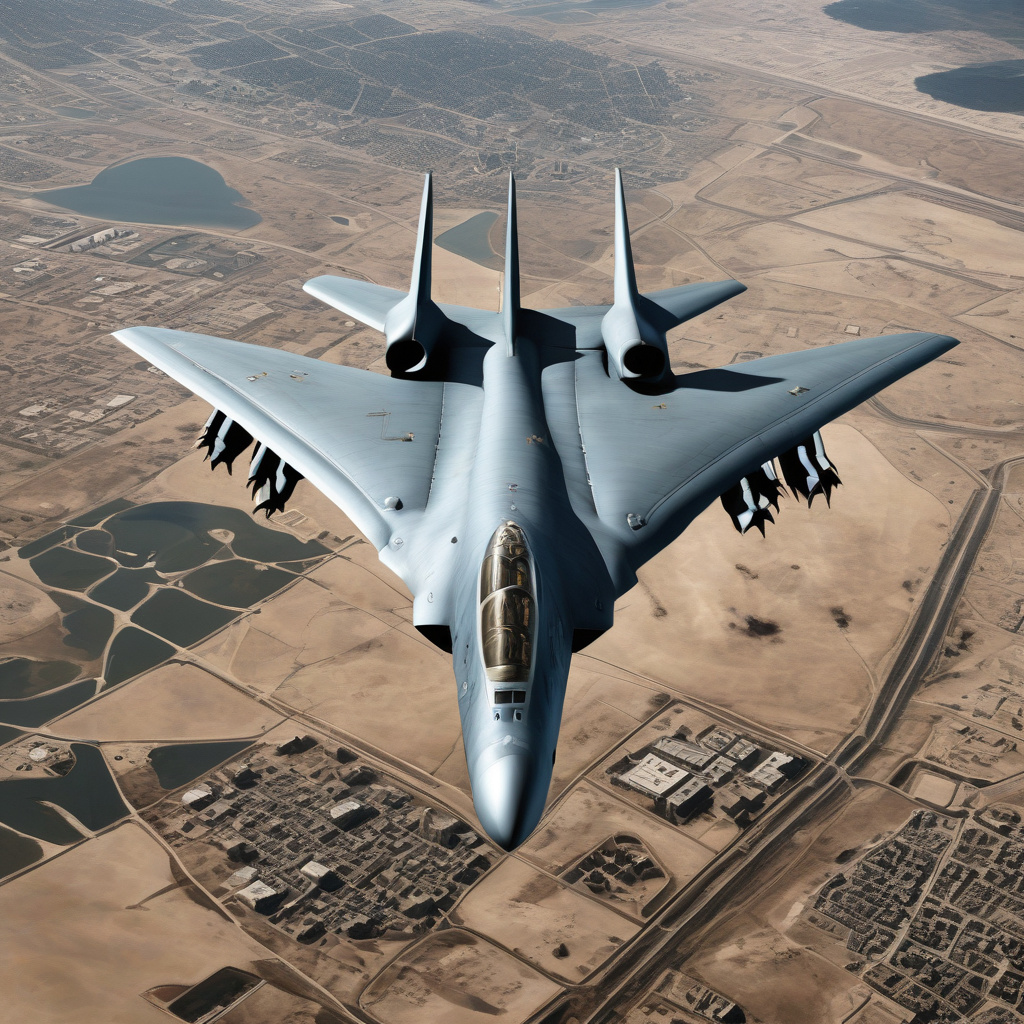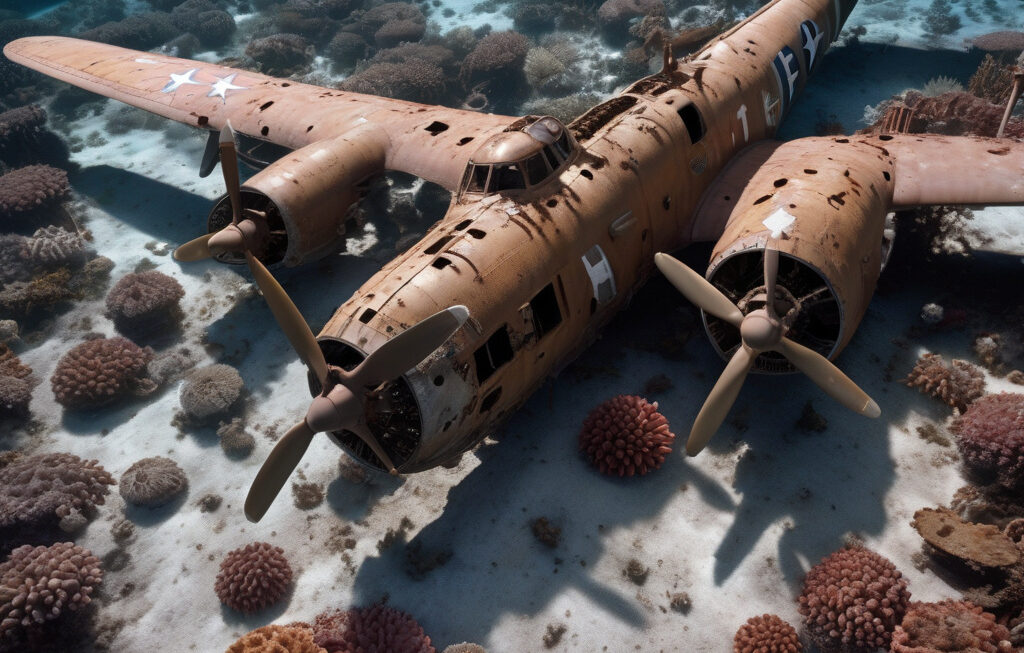Flying Pentagon: Trump Deploys Nuclear ‘Doomsday Plane’ Amid Israel-Iran War
As tensions rise in the Middle East following major Israeli airstrikes on Iran, one of the most striking developments is the deployment of the E-4B Nightwatch, commonly known as the “Doomsday Plane,” by the Trump administration. This aircraft serves as a mobile command center in the sky, capable of maintaining the continuity of government operations during a nuclear war or other catastrophic events. Its deployment underscores the seriousness of the current situation and the need for constant readiness in a volatile region.
The E-4B Nightwatch is no ordinary aircraft. It is designed to ensure seamless communication and coordination between the President, the Secretary of Defense, and other key decision-makers in the event of a nuclear conflict. The plane is equipped with advanced communication systems, allowing it to function as a flying command center that can stay airborne for extended periods, refueling mid-air if necessary. This capability is crucial for ensuring that the chain of command remains intact and operational even in the face of a devastating attack.
While the deployment of the Doomsday Plane is a clear signal of preparedness on the part of the United States, it also serves as a reminder of the ever-present threat of nuclear warfare. In the midst of escalating tensions between Israel and Iran, the specter of a wider conflict involving other regional and global powers looms large. The Doomsday Plane stands ready to ensure that vital government functions can continue even in the most dire circumstances, underscoring the need for constant vigilance and strategic planning in an unpredictable world.
The decision to deploy the E-4B Nightwatch comes at a time of heightened uncertainty in the Middle East, with the potential for miscalculation and escalation ever-present. As the United States seeks to navigate a complex web of alliances and rivalries in the region, the Doomsday Plane represents a tangible expression of its commitment to maintaining stability and protecting its interests. By having this airborne command center at the ready, the U.S. sends a clear message that it is prepared to respond decisively to any threat to its security or that of its allies.
In addition to its immediate strategic value, the deployment of the Doomsday Plane also raises broader questions about the nature of modern warfare and the role of nuclear weapons in international relations. As advances in technology and military capabilities continue to reshape the global security landscape, the need for robust command and control systems that can withstand even the most extreme scenarios becomes increasingly apparent. The Doomsday Plane embodies this need, serving as a stark reminder of the destructive power of nuclear weapons and the imperative of preventing their use through deterrence and diplomacy.
In conclusion, the deployment of the E-4B Nightwatch in response to escalating tensions between Israel and Iran highlights the enduring relevance of nuclear deterrence and preparedness in today’s world. As the specter of conflict looms large in the Middle East and beyond, the Doomsday Plane stands as a symbol of America’s resolve to protect its interests and uphold its commitments to its allies. In an era defined by uncertainty and rapid change, the ability to maintain continuity of government operations in the face of existential threats remains a cornerstone of national security strategy.
flying pentagon, doomsday plane, israel iran war, nuclear warfare, global security











